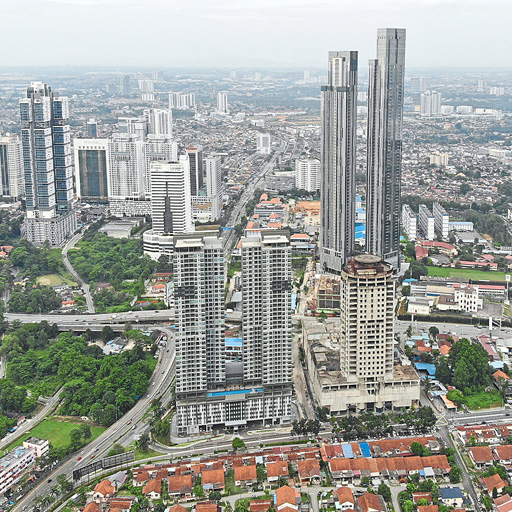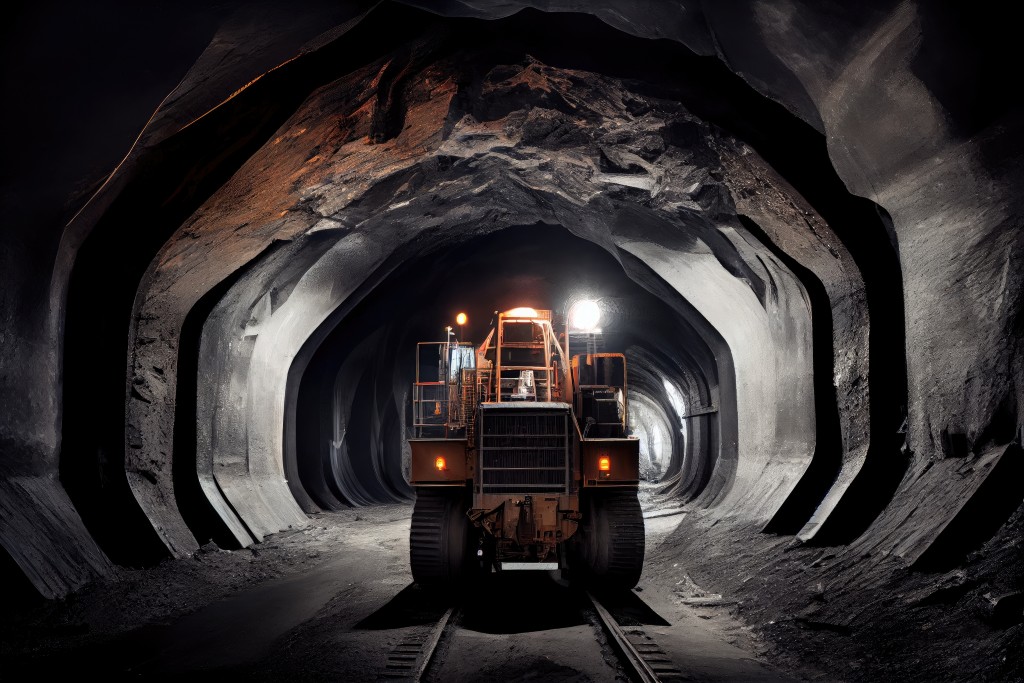Divergence of location, type of property and prices contribute to growing number of unsold units
Contributed by Chang Kim Loong
The unreleased Bumiputera lots contribute to about 40% to 50% of the country’s overhang numbers. And the number continues to grow. Many completed houses in certain states were unsold because the state governments do not want to release the Bumiputera lots, according to Real Estate and Housing Developers’ Association (Rehda) president Datuk Soam Heng Choon at the press conference during the recent Malaysia Property Expo 2020. “Everybody needs to play their roles in trying to resolve this issue.
The state government controls the release of unsold Bumi lots, so the state government needs to come in and help the situation,” he said. Government agencies should also refrain from building homes in poorly chosen sites as the divergence of location, type of property and prices contribute to the high overhang number as well. The National Property Information Centre’s (Napic) Property Market Status Report for the first half of 2020 (1H20) showed there were 31,661 overhang residential units worth RM20.03bil, an increase by 3.3% in volume and 6.4% in value from the 30,664 units worth RM18.82bil recorded in 2H19.
The State of Johor retained the highest number and value of residential overhang in the country with 6,166 units worth RM4.74bil, accounting to 19.5% and 23.7% respectively of the national total in the period. It also maintained its reign as the highest serviced apartment overhang state in 1H20 with 73.7% share in volume (15,986 units) and 76.7% share in value (RM14.67bil), with almost all of these overhang units being in the Johor Bahru district.
The overhang in the serviced apartment sub-sector continues to rise and form the bulk of commercial property overhang, recording a total of 21,683 units valued at RM18.64bil, up by 26.5% in volume and 24% in value against 17,142 units worth RM15.04bil recorded in the June to December 2019 period.
A new standard
Proactive measures for a timely release mechanism of Bumiputera lots: The National House Buyers Association (HBA) believes the move by the Perak State government to allow faster release of Bumiputera lots is a step in the right direction and will ultimately benefit all in the long run. Effective April 1, 2019, the Perak State government allowed housing developers to apply for properties under the Bumiputera quota to be released to other buyers if the properties were unsold by the Perak Housing and Property Board after six months.
It was reported that 50% of the Bumiputera quota can be released to other non-Bumiputera buyers with these conditions:
• The physical construction has achieved 30%.
• That 60% of the non-Bumiputera lots have been sold. The balance of 50% of the Bumiputera quota can be released with the following conditions: • After physical construction has reached 80%.
• That 90% of the non-Bumiputera lots have been sold. The Perak government policy vis-àvis Bumiputera release mechanism is still subsisting. Those housing developers who sell Bumiputera lots to nonBumiputera buyers without the state’s prior approval would be subjected to fines or double the levy payment. Such proactive initiatives should be emulated by other states in Peninsular Malaysia.
With this step, developers will be able to reduce holding costs and thus bring down house prices provided they do not conveniently up their profit margin. There are many costs incurred in building a house that common buyers can relate to such as the costs of the land and the construction including labour and building materials.
However, an important cost factor that many people may overlook is time — the longer the housing developer or the building contractor takes to finish building a project or to sell off their properties, the higher the cost incurred. The holding cost will eventually be transferred to future house buyers both Bumiputera and non-Bumiputera via the house price. Most developers will factor in their budget, the anticipated holding cost for three years since the current mechanism dictates so.
Developers have been complaining about the release mechanism of Bumiputera lots as being not transparent, not consistent, and differing in each state. HBA had called for more transparent and consistent policies for the automatic release of Bumiputera lots and the move by the Perak State government is indeed a step in the right direction. Such policies that benefit the people and bringing down the costs of compliance must be heralded.
In the case of Malay Reserved Land (MRL), it can only be owned and held by Malay ethnic owners. Compared to Bumiputera quotas, MRL is virtually impossible to be legally released to nonMalays. Furthermore, several other characteristics distinguish MRL from Bumiputera quotas.
The following are a few of those features:
• All property built on MRL is to be exclusively sold to Malays only.
• Malay owners are not allowed to rent out properties built on MRL or the land to non-Malays.
• All businesses that operate on MRLs must be owned by Malays.
MRL’s enormous potential
There is great potential in developing MRL especially those located in the urban and not so rural areas. It is the product that is developed on the land that will ultimately determine the economic value of the land. The main reason MRL lagged in development is the inability of their owners to view their land as a strategic economic asset.
The government has to look into this as part of its agenda to uplift the economic development of the Malays. Looking at its huge potential, much more has to be done to make the property development sector more popular among the Malays. Once developed into housing schemes, they can be exclusively for the Malays’ wellbeing and shelter for their families.
Already, there are numerous housing projects on MRL exclusively for Malays. Wakaf land or land endowments made by Muslims also have vast potential for development but not enough people have thought about doing this. In Malaysia, more than 88% of Wakaf land, amounting to about 30,000ha, is left underutilised or idle.
If the potential of such land is unlocked, it can help improve the socio-economic status of Muslims. It was reported in 2017 that there was more than 10,120ha of Wakaf land in the country that can be developed into commercial and residential projects. We suggest that the relevant authorities help unlock the value since there is a high demand for homes within certain urban areas. Some Wakaf land resides in highvalue areas, facilitating the potential for profitable development.

Datuk Chang Kim Loong is the honorary secretary-general of the National House Buyers Association, a nongovernmental and not-for-profit organisation manned wholly by volunteers.
Most of the property overhang was due to a lack of emphasis on market studies related to less strategic locations and it is timely to undertake the development of Wakaf land. Priority must be given to the formulation of the Wakaf Land Act. We hope that a house currently costing RM400,000 can be sold for half the price in a Wakaf land scheme.
In conclusion, HBA proposes vis-a-vis the Bumiputera quota (bear in mind that this is not exclusively for the Malays but covers other Bumiputera ethnicities) for the state and federal authorities through the National Land Council to device a standardised and transparent system for unlocking the Bumiputera quota for overhang properties in the footsteps of the Perak state government.
Perhaps, they could initiate a working group committee to study the nuts and bolts for such objective calling in the expertise from the authorities, academia, civil society, Rehda and all other stakeholders. And take a tip from HBA’s adage: Build the right number at the right location for the right population at the right price and with the right type.
Stay ahead of the crowd and enjoy fresh insights on real estate, property development, and lifestyle trends when you subscribe to our newsletter and follow us on social media.














































